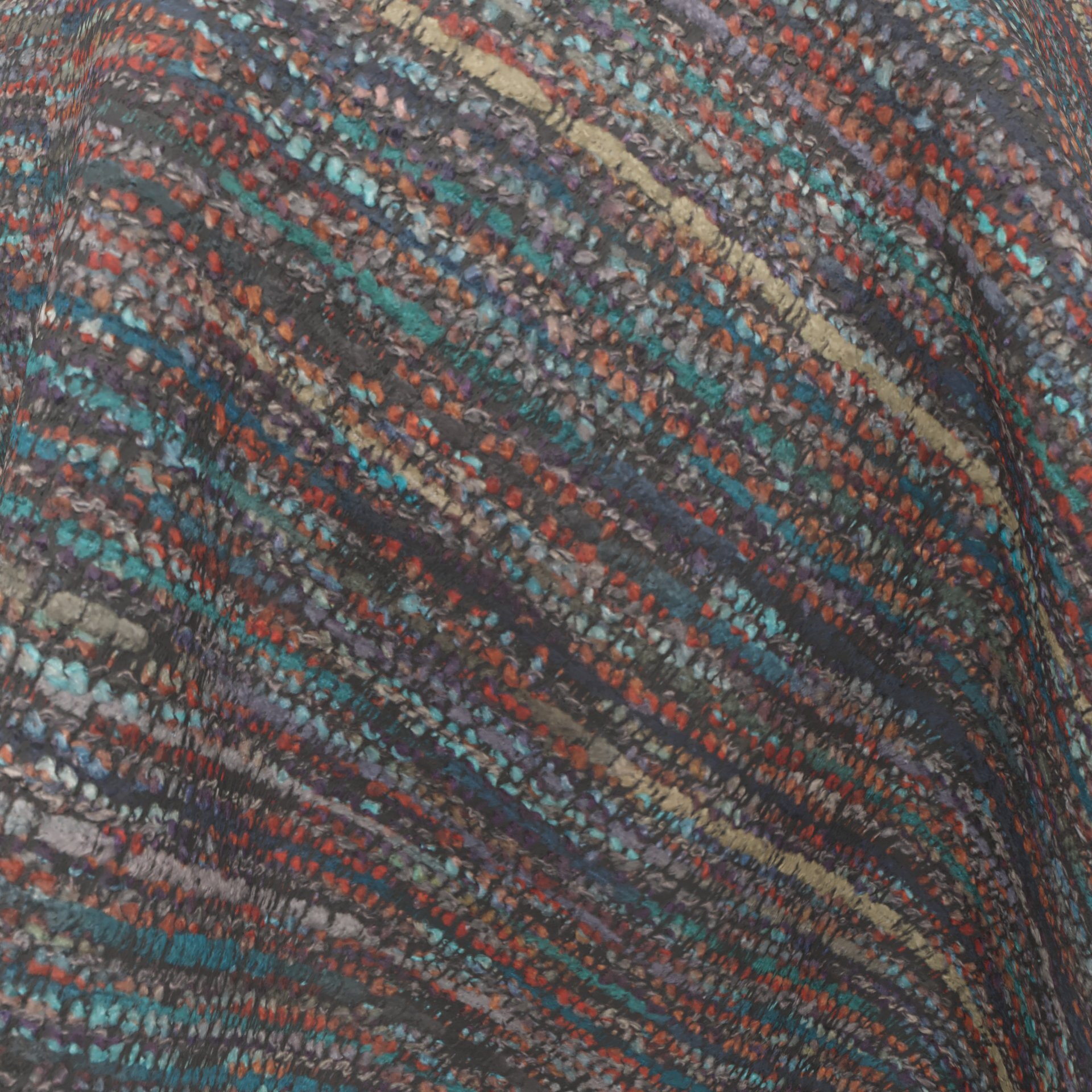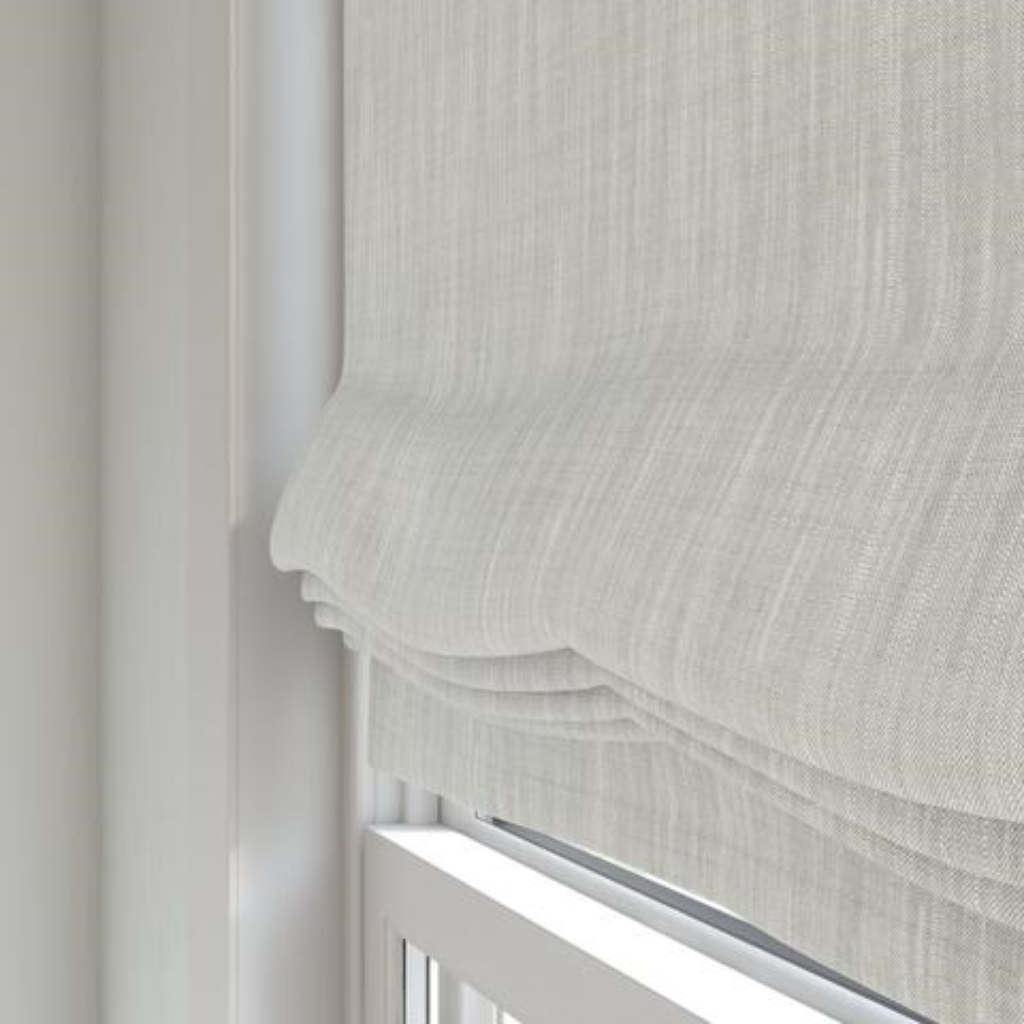How to design with slubbed upholstery fabrics
Slubbed fabrics are a type of upholstery fabric that have been twisted and manipulated by the manufacturer. The result is a unique texture and appearance that makes slubbed fabrics great for both residential and commercial applications.
But what exactly is slubbed upholstery fabric? And why is it so popular in today’s market?
This post will answer these questions and more!
Related read: Textile design: the essential introduction for beginners
What is Slub Upholstery Fabric?
Slub is a term for yarns that have a very definite texture and often give an organic appearance as they mimic naturally occurring weaving irregularities such as cotton seeds in the yarn, or knots tied during the process of hand weaving.
Slubbed fabrics are textured fabrics with an irregular tactile look and touch. This gives them a more inviting, natural feel, that brings an interior down to earth with a relaxed, comfortable touch.

Learn the Characteristics of Slubbed Upholstery Fabrics
Slubbed upholstery fabrics are made from yarns that are twisted and looped, creating a textured fabric. The loops are known as slubs, which give the fabric its characteristic appearance. Slubbing is not a manufacturing defect; it's a design technique used to create an appealing visual effect on upholstery fabrics.
Related read: Blended Fabrics for interior furnishings: the straightforward guide
Practical Advice for Designers Working with Textured Fabrics
Slubbed fabrics are a versatile material that can be used in many different types of furniture. They're also available in a wide range of colours and textures, so you'll have no trouble finding the right one for your upholstery project. To get started, here's some practical advice:
- Functionality is something you need to consider when working with textured upholstery in interiors. Textures can clash when too many similar scales compete with one another in close proximity.
- Each material contributes to its overall essence, creating a rounded aesthetic experience. Your textures should work together to create an exciting visual landscape.
- Working with slubbed fabrics? Use plaster on the walls of the space: it has a tactile quality that can help bring visual texture into a space. Plaster can delicately provide movement and color by allowing light to play off of its irregularities. It can also be applied in several different patterns (stippled, swirled, fanned, knifed).
Related read: How to Pick the Best Upholstery Fabric for Your Furniture
Learn more about textiles
We hope you've found this article helpful in exploring slubbed fabric, its characteristics, and its uses.
If you're interested in learning more about how textiles can help shape our lives today and into the future, then explore our free fabrics academy. We offer a wide range of shorter articles and longer, in-depth guides that will give you the vital insights and knowledge to become an expert in the field.
